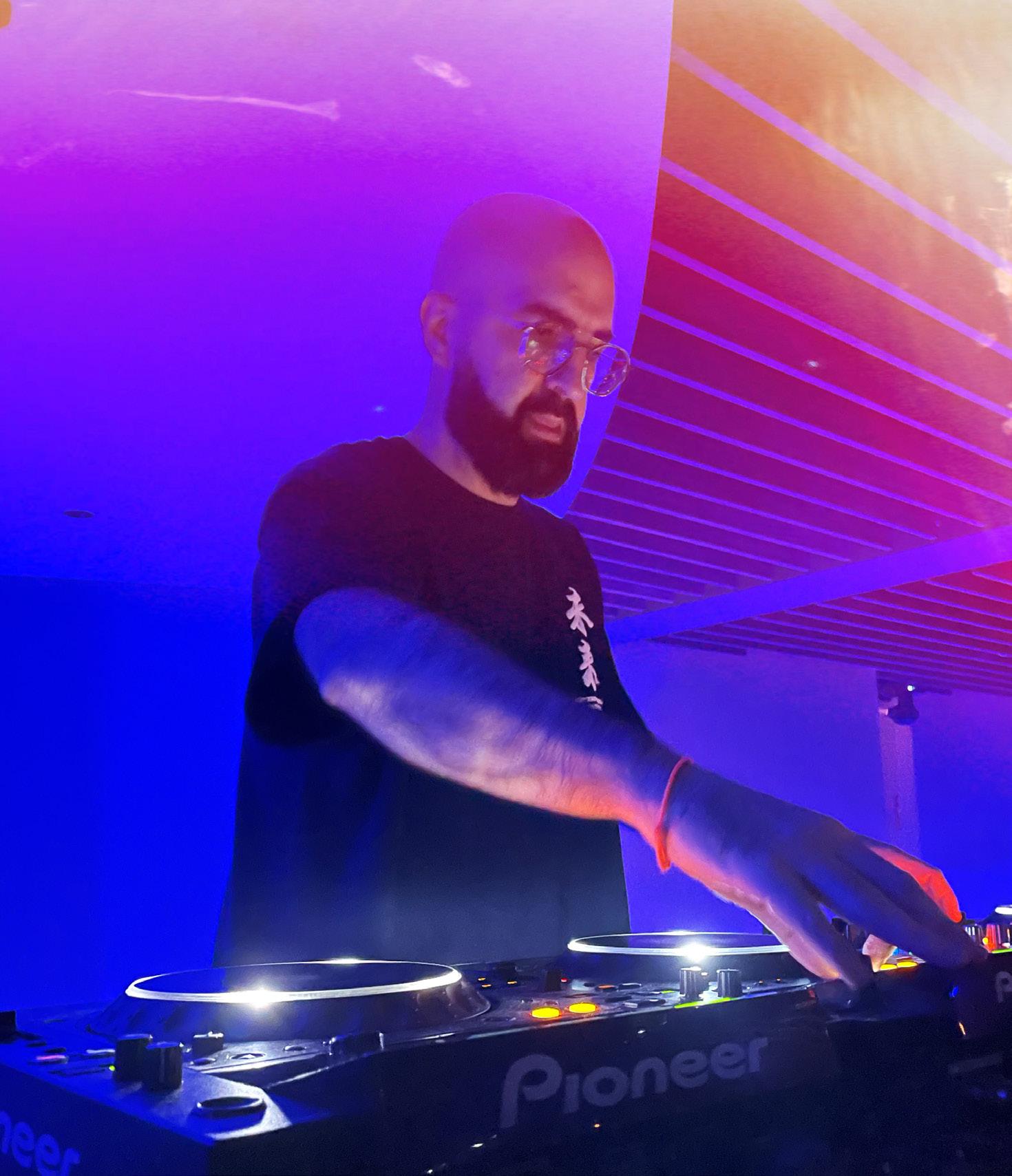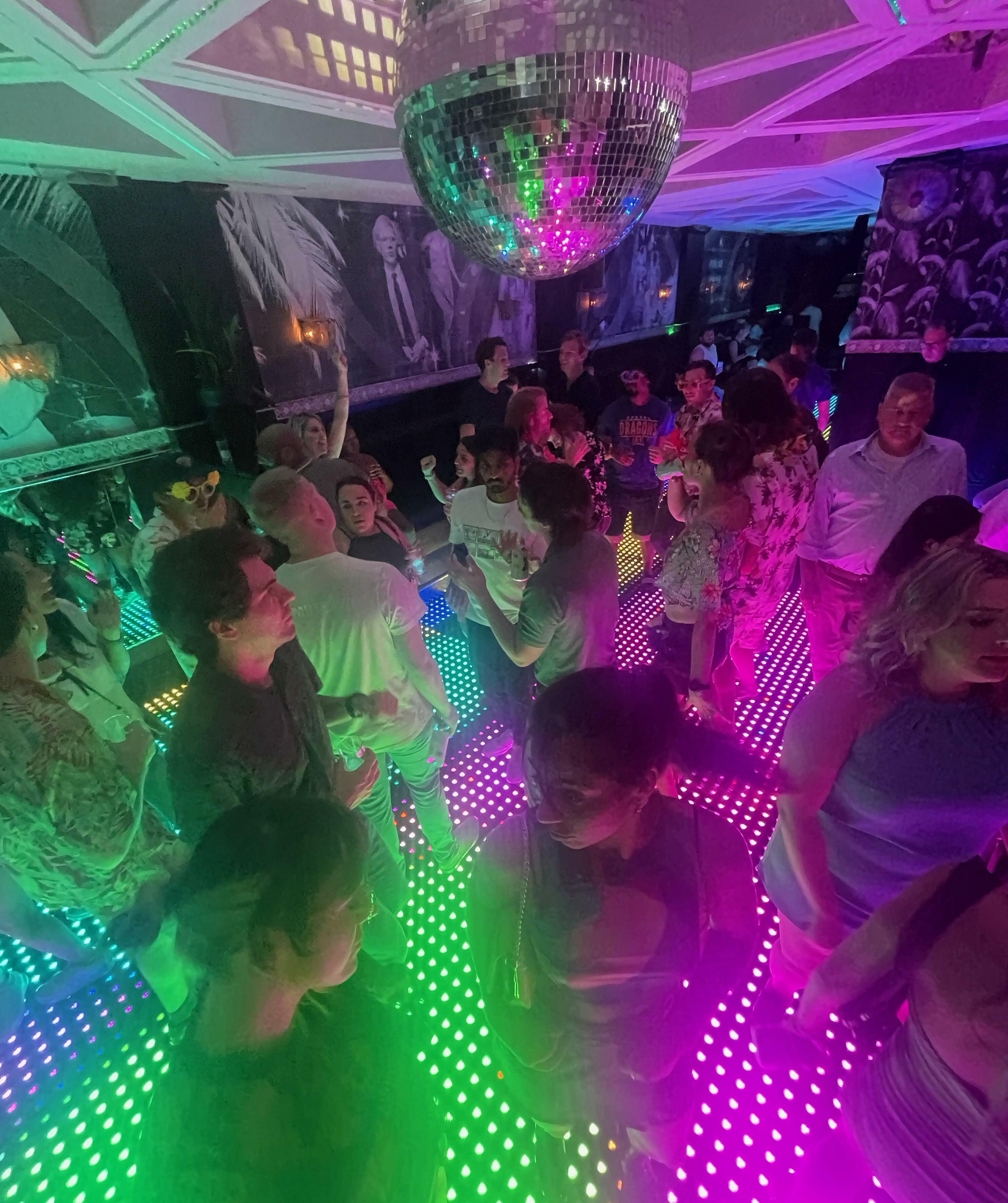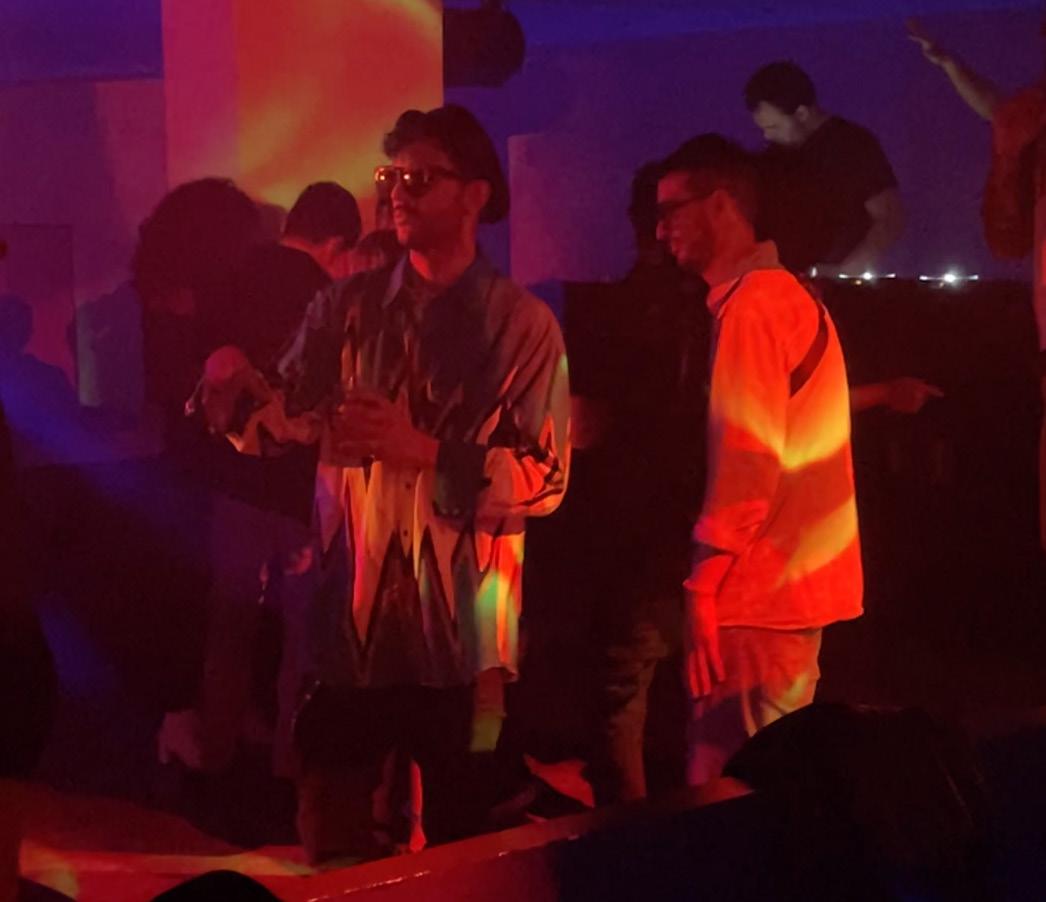
5 minute read
The 5 Best House Tracks of the 90’s
from 808 Magazine
reviews
The 5 BEST House Tracks of the ‘90’s.
Advertisement
By Philip Sherburne and Ben Cardew
From its 1980s roots in Black, Latinx, and queer communities in cities like Chicago, Detroit, and New York, electronic dance music exploded in the 1990s, taking techno, rave, jungle, and other permutations around the globe. But nothing better exemplifies ’90s dance music than house, whose pumping groove supplies the heartbeat of club culture. It was everywhere—both the dominant force in the underground and the sound du jour at the top of the charts. And it morphed as it spread, spinning off innumerable styles. There was deep house, cued to dusky moods and soulful expression; gospel house, pairing dancefloor deliverance with spiritual union; minimal house, blippy and lithe—and that’s just to name a few. House could be lean and tracky or carefully arranged, hell-bent for leather or in love with the drift. The following list, presented in alphabetical order by artist, includes house tracks featured on our 250 Best Songs of the ’90s, as well as ones that didn’t make that tally but are still crucial to the genre. These are the cuts that best defined ’90s house—the ones that changed dance music forever, and keep us moving today. Barbara Tucker: “Beautiful People (Underground Network Mix)” (1994) Produced by Masters at Work, “Beautiful People” combines songwriting in the lineage of disco legends Gamble and Huff with the cutting edge of ’90s house. The 1994 single topped the Billboard Hot Dance Club Songs chart and will forever be remembered for Barbara Tucker’s vocal, which was sampled by Masters at Work’s Louie Vega
under his Hardrive alias and subsequently used by Kanye West on 2016’s “Fade.” But there is so much more to the song than one (admittedly powerful) line, as Tucker’s sassy, yearning delivery rides a wave of jazzy chord changes, exquisite high notes, and back-to-church organs. She’s got one of the most recognizable voices in house music: Its soulful tones, immaculate control, and hint of unspecified naughtiness are enough to draw the most introverted wallflower onto the floor. Working under his Hardrive alias, Masters at Work’s Louie Vega would end up zooming in on two particularly potent bars of Tucker’s performance to create the equally iconic hit “Deep Inside,” a sleeker, trackier 1993 cut—released a few months before Tucker’s single—that would go on to be sampled by DJ Rashad. –Ben Cardew
Basement Jaxx: “Fly Life” (1996) Though they would go on to make much bigger hits like “Red Alert” and “Where’s Your Head At,” nothing quite captures Basement Jaxx in heads-down dancefloor mode like “Fly Life.” Released amid a run of club-focused EPs the UK duo turned out in the five years before their 1999 debut album, it’s a tough, insistent slice of sample-heavy disco house in the vein of DJ Sneak’s “U Can’t Hide From Your Bud”; it stands out from the pack by virtue of its relentless stabs and a hair-raising vocal line that stretches wordless melisma into psychedelic curlicues. The “Brix Mix,” meanwhile, threw a gruff ragga vocal into the stew, proving house music’s adaptability, and signaling Basement Jaxx’s own imminent post-genre future. –Philip Sherburne
Blaze: “Lovelee Dae” (1996) “Lovelee Dae” is an outlier in New Jersey duo Blaze’s catalog. Compared to the harmonic range of most of their soul-, jazz-, and gospel-tinged productions—their 1990 debut LP, in fact, came out on Motown—the 1996 single employs little more than a fistful of chords arrayed around a driving house groove. But what chords! Filtered this way and that, morphing between strings, Rhodes, and synths, they move like mercury and glisten like opal; Steve Reich himself couldn’t have envisioned a more enveloping matrix of pulses. That intensity of focus resonated far outside the tri-state area’s soulful-house scene: In 1997, house innovators Derrick Carter and Luke
Photo By Weronika Durachta

Solomon released the track on their Classic label in the UK, and the following year Germany’s Playhouse got in on the action. Remixes proliferated, with Carl Craig, Roman Flügel, Isolée, Kompakt’s Michael Mayer and Tobias Thomas, and many others distilling the song into increasingly high-proof doses of minimalism. But it’s that soaring vocal refrain—“It’s a lovely day/ And the sun is shining”—that makes it the most guilelessly optimistic day-brightener in the deep-house canon. –Philip Sherburne Cajmere: “Brighter Days” [ft. Dajae] (1992) Curtis Alan Jones brought a Jekylland-Hyde dichotomy to Chicago house music. As Green Velvet, he reveled in dark-side thrills on songs like “The Stalker,” “Answering Machine,” and “La La Land”; as Cajmere, he explored sweeter, more wholesome vibes. (One major exception: Cajmere’s 1992 anthem “Percolator,” a tweaked-out descent into chants and squeals that was recently sampled on City Girls’ “Twerkulator,” could easily have come from his angstier alter ego.) Cajmere’s most upbeat moment remains 1992’s “Brighter Days,” in which Chicago singer Dajae offers a message of uplift in the simplest of terms over sprightly drums and organ stabs; it’s as carefree a song as house music has ever produced. DJ Rashad and DJ Spinn sampled the vocal on their 2013 track “Brighter Dayz,” flipping Dajae’s coolly optimistic hook into a more contorted figure, suggesting the way hopes harden over time. –Philip Sherburne Crystal Waters: “Gypsy Woman (She’s Homeless)” (1991) As in New York, Newark, and Atlanta, the underground club scene in Baltimore was intimate. With Crystal Waters’ “Gypsy Woman (She’s Homeless),” respected local DJs and producers the Basement Boys were able to transpose the sybaritic vibe of local hot spots like the Black Box to similar musical sanctuaries for Black and gay youth outside Maryland. Their instantly memorable, organ-driven rhythm track combined with Waters’ distinctive, jazz-influenced vocals to create a perfect peak-hour club record. Dancing to serious subject matter is a form of exorcism in house music—and the opening bars of “Gypsy Woman” sent the denizens of New York City’s most influential nightclubs running for the dancefloor. –Carol Cooper
Right Photo by Weronika Durachta

Above Photo by Weronika Durachta




